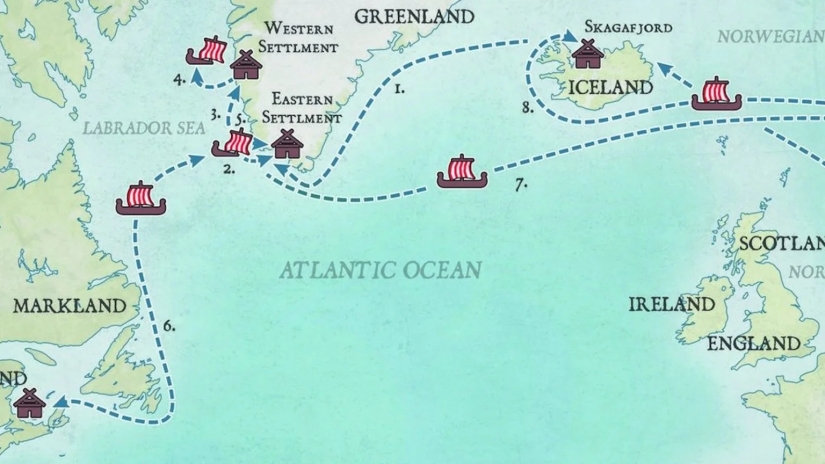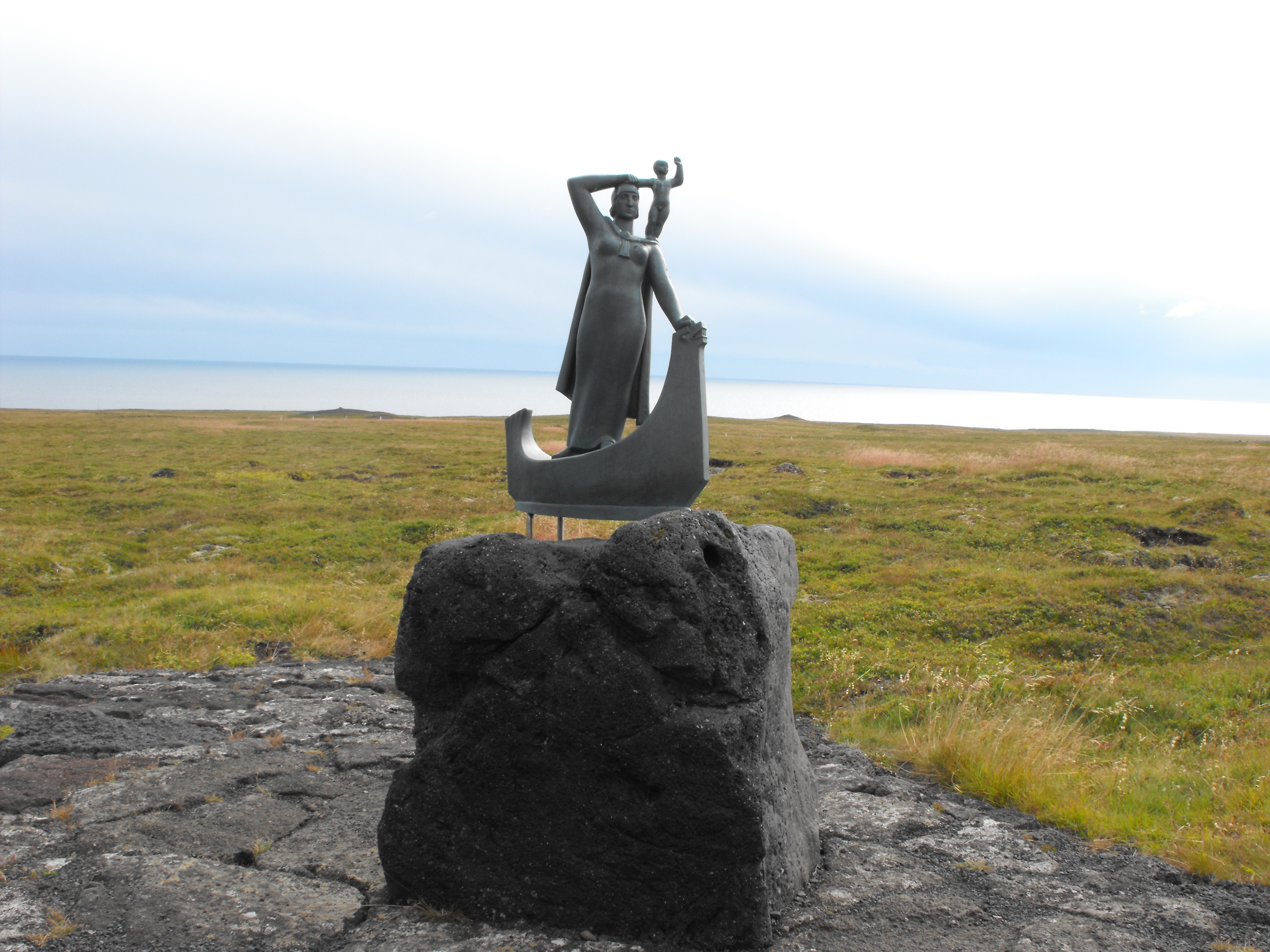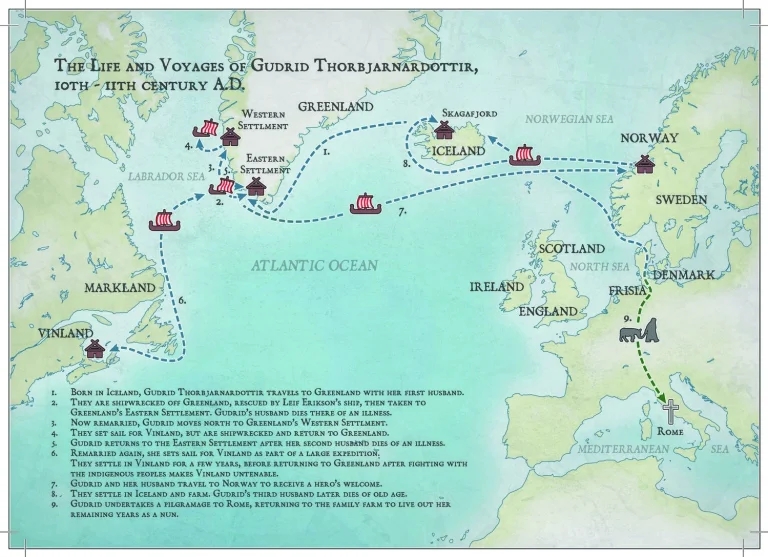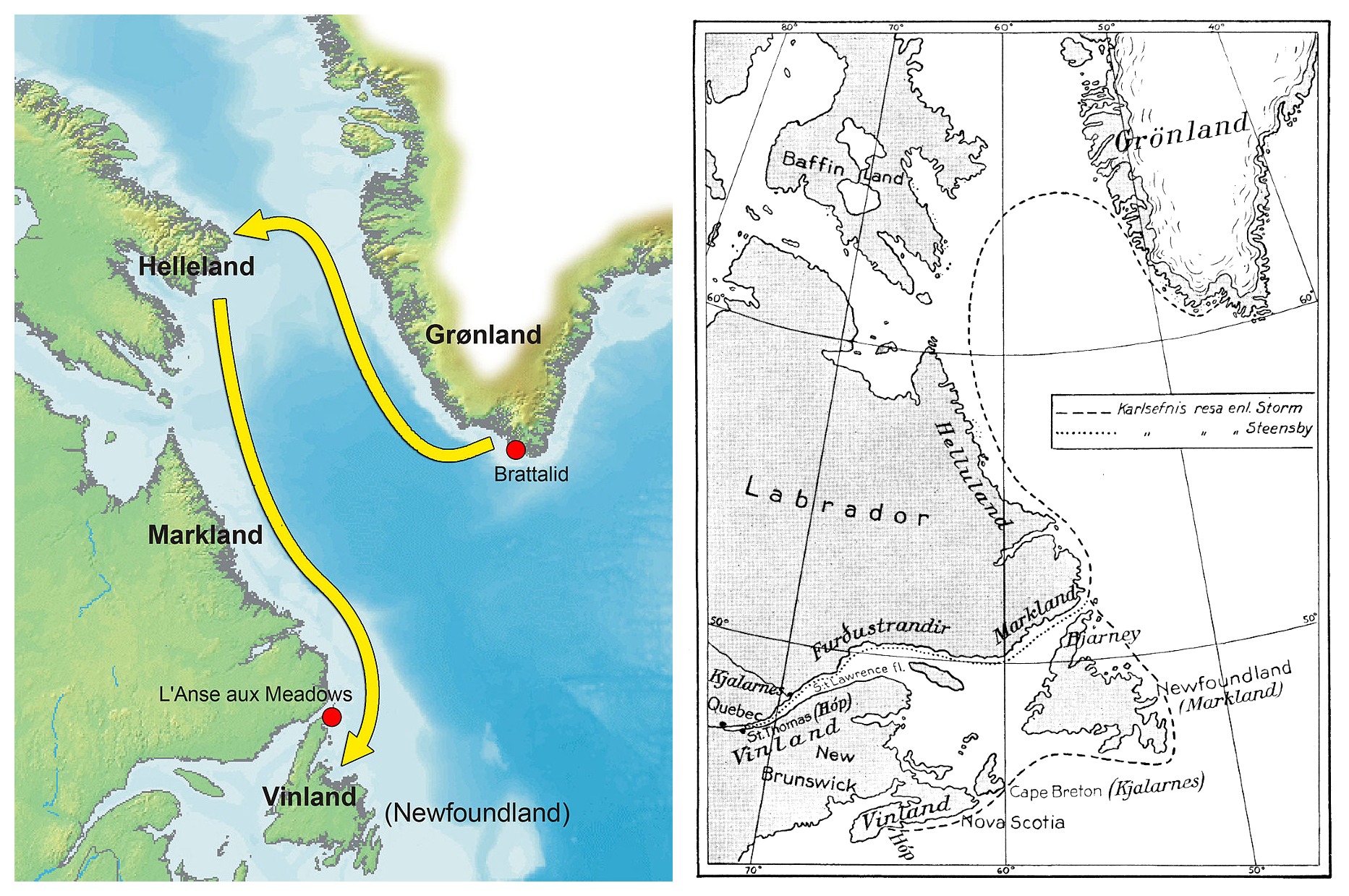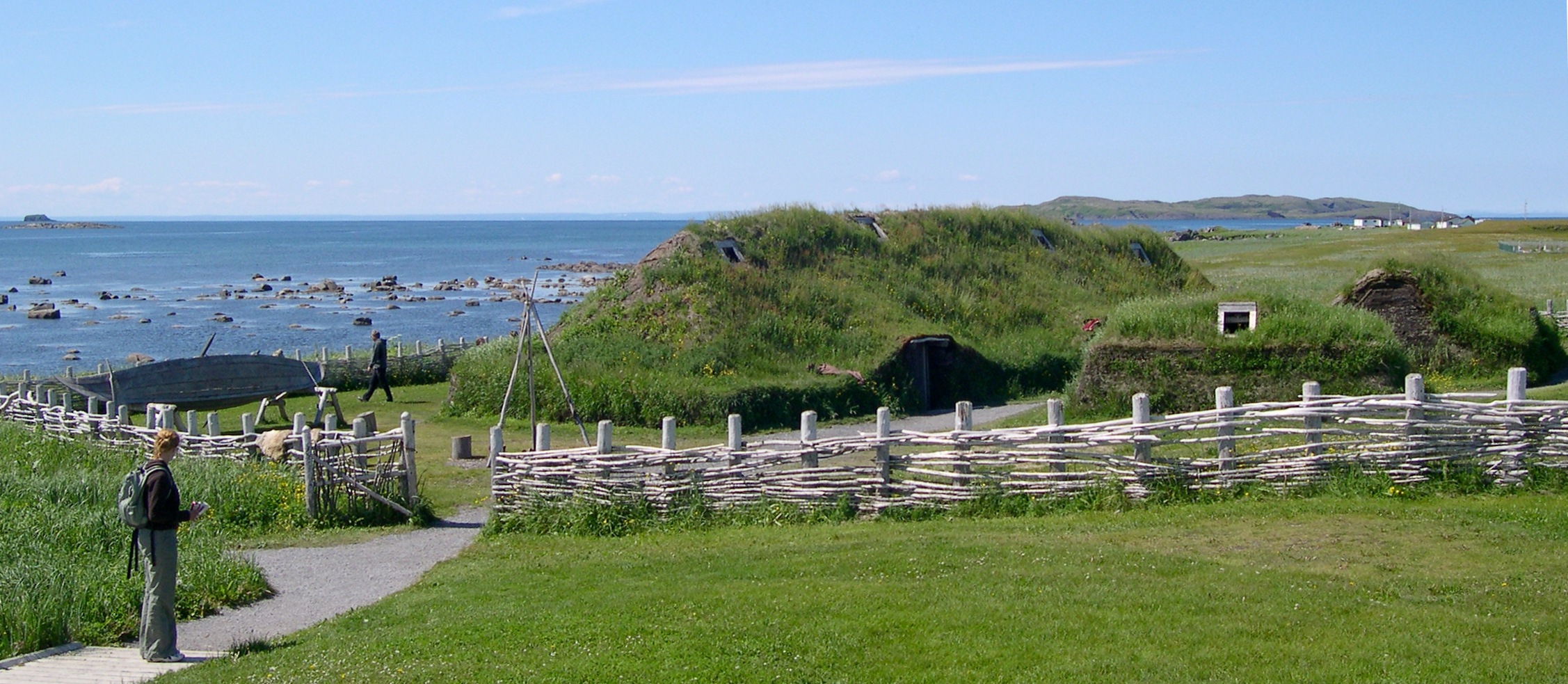
EARL HAAKON AND THE JOMSVIKINGS
Chief among the nobles of Haakon the Good, of Norway, was Earl Sigurd of Hlade; and first among those who followed him was Earl Haakon, Sigurd’s son. After the death of Haakon the Good, the sons of Gunhild became the masters of Norway, where they ruled like tyrants, murdering Sigurd, whom they most feared. This made the young Earl Haakon their bitter foe.
A young man then, of twenty-five, handsome, able in mind and body, kindly in disposition, and a daring warrior, he was just the man to contend with the tyrant murderers. When he was born Haakon the Good had poured water on his head and named him after himself and he was destined to live to the level of the honor thus given him.
It is not our purpose to tell how, with the aid of the king of Denmark, he drove the sons of Gunhild from the realm, and how, as the sagas tell, the wicked old queen was enticed to Denmark by the king, under promise of marriage, and by his orders was drowned in a swamp. Her powers of sorcery did not avail her then, if this story is true.
Haakon ruled Norway as a vassal of Harald Bluetooth, king of Denmark, to whom he agreed to pay tribute. He also consented to be baptized as a Christian and to introduce the Christian faith into Norway. But a heathen at heart and a Norseman in spirit, he did not intend to keep this promise. After a meeting with the Danish king in which his baptism took place, he sailed for his native land with his ship well laden with priests. But the heathen in him now broke out. With bold disdain of King Harald, he put the priests on shore, and sought to counteract the effect of his baptism by a great feast to the old gods, praying for their favor and their aid in the war that was sure to follow. He looked for an omen, and it came in the shape of two ravens, which followed his ships with loud clucking cries. These were the birds sacred to Odin and he hailed their coming with delight. The great deity of the Norsemen seemed to promise him favor and success.
Turning against the king to whom he had promised to act as a vassal, he savagely ravaged the Danish coast lands. Then he landed on the shores of Sweden, burnt his ships, and left a track of fire and blood as he marched through that land. Even Viken, a province of Norway, was devastated by him, on the plea of its being under a Danish ruler. Then, having done his utmost to show defiance to Denmark and its king, he marched northward to Drontheim, where he ruled like a king, though still styling himself Earl Haakon.
Harald Bluetooth was not the man to be defied with impunity, and though he was too old to take the field himself, he sought means to punish his defiant vassal. Men were to be had ready and able to fight, if the prize offered them was worth the risk, and men of this kind Harald knew where to seek.
|
BUSY FARMERS IN A HILLSIDE FIELD ABOVE ARE, SWEDEN. |
In the town of Jomsborg, on the island of Wollin, near the mouth of the Oder, dwelt a daring band of piratical warriors known as the Jomsvikings, who were famed for their indomitable courage. War was their trade, rapine their means of livelihood, and they were sworn to obey the orders of their chief, to aid each other to the utmost, to bear pain unflinchingly, dare the extremity of danger, and face death like heroes. They kept all women out of their community, lest their devotion to war might be weakened, and stood ready to sell their swords to the highest bidder.
To this band of plunderers Harald appealed and found them ready for the task. Their chief, Earl Sigvalde, brought together a great host of warriors at a funeral feast to his father, and there, while ale and mead flowed abundantly, he vowed, flagon in hand, that he would drive Earl Haakon from the Norse realm or perish in the attempt. His viking followers joined him in the vow. The strong liquor was in their veins and there was no enterprise they were not ready to undertake. When their sober senses returned with the next morning, they measured better the weight of the enterprise; but they had sworn to it and were not the men to retreat from a vow they had taken.
Erik, an unruly son of Earl Haakon, had fled from his father’s court in disgrace and was now in Viken, and here the rumor of the vikings’ oath reached his ears. At once, forgetting his quarrel with his father, he hastened north with all the men he could gather to Earl Haakon’s aid, preceding the Jomsvikings, who were sailing slowly up the shores of Norway, plundering as they went in their usual fashion. They had a fleet of sixty ships and a force of over seven thousand well-trained warriors. Haakon, warned by his son, met them with three times their number of ships, though these were smaller and lighter craft. On board were about ten thousand men. Such were the forces that met in what the sagas call the greatest battle that had ever been fought in Norway.
Soon the embattled ships met and the conflict grew fast and furious, hurtling weapons filling the air and men falling on all sides. Great was the carnage and blood flowed in streams on the fighting ships. Earl Haakon stood in the prow of his ship in the heat of the fight, arrows and spears whirling around him in such numbers that his shirt of mail became so torn and rent that he threw it off as useless. The high ships of the vikings gave them an advantage which told heavily against their antagonists, spears and arrows being poured down from their sides.
In the height of the battle Earl Haakon disappeared. As the legends tell he went ashore with his youngest son Erling, whom he sacrificed to the heathen gods to win their aid in the battle. Hardly had he done this deed of blood when a dense black cloud arose and a violent hail-storm broke over the ships, the hail-stones weighing each two ounces and beating so fiercely in the faces of the Jomsvikings as nearly to blind them. Some say that the Valkyries, the daughters of Odin, were seen in the prow of the earl’s ship, filling the air with their death-dealing arrows.
Despite the storm and the supernatural terrors that they conjured up, the Jomsvikings continued to fight, though their decks were slippery with blood and melting hail. Only one coward appeared among them, their chief Earl Sigvalde, who suddenly turned his ship and fled. When Vagn Aakesson, the most daring of the Jomsvikings, saw this recreant act he was frantic with rage.
“You ill-born hound,” he cried, “why do you fly and leave your men in the lurch? Shame on you, and may shame cling to you to your death!”
A spear hurtled from his hand and pierced the man at the helm, where Sigvalde had stood a moment before. But the ship of the dastard earl kept on and a general panic succeeded, all the ships in the fleeing earl’s line following his standard. Only Vagn Aakesson and Bue the Big were left to keep up the fight.
Yet they kept it up in a way to win them fame. When Earl Haakon’s ship drew up beside that of Bue, two of the viking champions, Haavard the Hewer and Aslak Rock-skull, leaped on deck and made terrible havoc. In the end an Icelander picked up an anvil that was used to sharpen their spears and hurled it at Aslak, splitting his skull, while Haavard had both legs cut off. Yet the indomitable viking fought on, standing on his knees.
The onset of the Jomsvikings was so terrific in this last fierce fight that the earl’s men gave back, and might have been all slain had not his son Erik boarded Bue’s ship at this crisis and made an irresistible charge. A terrible cut across the face severed Bue’s nose.
“Now,” he cried, “the Danish maidens will kiss me no more.”
Seeing that all was at an end, he seized two chests of gold to prevent their capture by the victors, and sprang with them into the sea, shouting:
“Overboard all Bue’s men!”
On Vagn’s ship a similar fierce fight was taking place, ending only when all but thirty of the vikings were slain.
Then a savage scene was enacted, one worthy only of those barbarous times. The captives were taken ashore and seated on a long log, their feet bound, their hands free. At the funeral feast in Sigvalde’s hall Vagn had boasted that he would kill Thorkill Laiva, one of Erik’s chief warriors, and this threatened man was now chosen as executioner.
At the captives he rushed, with uplifted axe, and savagely struck off their heads, one after another. Vagn was to be left to the last, that he might suffer from fear, but instead of this he sat joking and laughing with his men. One of them sang and laughed so loudly that Erik asked him if he would like to live.
“That depends on who it is that asks me.”
“He who offers has the power to grant. I am Earl Erik.”
“Then I gladly accept.”
Another made a pun which so pleased the earl that he, too, was set free.
One of the captives had long, beautiful hair, and as Thorkill came near him on his bloody errand he twisted his hair into a coil and asked the executioner not to soil it with his blood. To humor him Thorkill asked one of the bystanders to hold the coil while he struck. The man did so, but as the axe came down the captive jerked his head aside so that the axe fell on the wrists of the coil-holder, both his hands being cut off.
“Some of the Jomsvikings are still alive,” laughed the captive.
“Who are you?” asked Erik.
“I am said to be a son of Bue.”
“Do you wish to live?”
“What other choice have I?”
At Erik’s command he, too, was released.
Angry at being thus robbed of his prey, Thorkill now sprang towards Vagn, determined that at least his special enemy should fall. As he came near, however, one of the men on the log threw himself forward in such a way that Thorkill stumbled over him and dropped his axe. In an instant Vagn was on his feet, seized the axe, and dealt Thorkill a deadly blow. His boast was kept; Thorkill had fallen by his hand.
Erik saw the bold feat with such admiration that he ordered Vagn to be freed, and the prisoners who remained alive were also set free at his order.
While this was going on Earl Haakon sat apart conversing with his chieftains. As they did so they heard a bow-string twang, and before a hand could be raised a keen-pointed arrow pierced the body of Gissur the White, one of the chiefs, and he fell over dead. The arrow had come from the ship of Bue the Big, and thither men ran in haste. What they saw was Haavard the Hewer, still standing on his knees, though his blood flowed freely.
“Tell me,” he cried, “did any one fall at the tree yonder?”
“Yes; Gissur the White.”
“Then luck failed me, for that arrow was aimed for Earl Haakon.”
And he fell over on the deck, with death at his heart-strings. The viking had sent a herald on before, to announce his coming at Odin’s court.
It was Haakon who had ordered the murder of the captives, and Erik his son who gave life to so many of them. The time was near at hand when the earl was to meet the bloody fate which he had dealt out to others. Though Erik had done so much to help him in the battle, he was furious with his son for sparing the life of Vagn Aakesson. As a result they parted in anger, Erik going south again. Here Vagn joined him and from that day forward the two were warm friends and comrades.
But Haakon fell into ways of vice as he grew older, and at length he did a deed that led him to a shameful death. He had his men bring by force to his palace the wife of a rich peasant, and sent them for another, who was famed for her beauty. Orm, her husband, refused to let her go and sent news of the outrage to all the peasants in the valley. From farm to farm flew the tidings, and the peasants, furious at the shameful deeds of the earl, seized their arms and gathered in a great band, which marched upon him at Medalhus.
Earl Haakon was taken by surprise. He had not dreamed of a revolt and only a few men were with him. These he dismissed and fled for safety, only one man, his old servant Kark, going with him. Reaching the Gaul River in his flight, he rode his horse into a deep hole and left his cloak on the ice, so that his pursuers, finding the dead horse and the cloak, might think he was drowned.
From there he sought the nearby home of Thora of Rimul, a faithful woman friend, told her of the hot pursuit and begged her to hide him from his furious enemies. The only hiding place she could provide was a deep ditch under her pig-sty, and in this filthy hole the great earl was hidden, with food, candles, and bedding. Then boards were laid over the ditch and covered with earth and upon this the pigs were driven.
To Rimul the peasants soon came, filled with fury, and with them came a man of note who had just landed and was seeking to win the throne. This was Olaf, a great-grandson of Harold the Fair-Haired, whose claim to the crown of Norway was far better than that of Haakon. Thinking that Thora had hidden the fleeing earl the pursuers searched the whole place. The fugitive not being found, Olaf stood on a large stone near the pig-sty and called the peasants around him, loudly announcing that any man who should find and slay Earl Haakon would be given a large reward.
His words were plainly heard in the damp and unpleasant underground den where Haakon sat shivering. He looked at Kark, the thrall, whose face showed that he, too, had heard the promise of reward.
“What ails you?” asked the earl. “Your face changes from pale to dark and gloomy. Do you propose to betray me?”
“No,” said Kark.
“We were born on the same night, and if one of us dies the other will soon follow,” said the earl warningly.
For a long time they sat, listening to the sounds above. At length all grew still and they felt that the night had come. Kark fell asleep, but the earl sat awake, watching him in deep distrust. The slumbering thrall tossed about as if in pain and the earl wakened him, asking of what he had dreamt.
“I dreamed that you and I were on shipboard and that I was at the helm.”
“That means that you rule over both our lives. Therefore, Kark, you must be true and faithful to me, as duty bids you. Better days will soon come to us both and then you shall be richly rewarded.”
Again the thrall fell asleep and again he seemed to dream. The earl woke him again.
“Of what did you dream?” he asked.
“I dreamed that I was at Hlade and that Olaf Tryggvesson put a golden ring around my neck.”
“That means,” said the earl, “that if you seek Olaf he will put a red ring [a ring of blood] around your neck. Beware of him, Kark, and trust in me. Be faithful to me and you will find in me a faithful friend.”
The night dragged slowly on. The earl dared not let himself sleep, but sat staring at Kark, who stared back at him. When morning was near at hand weariness lay so heavily on the earl that he could no longer keep awake. But his sleep was sorely disturbed by the terrors of that dreadful night. He tossed about and screamed out in distress and at length rose on his knees with the horrors of nightmare in his face.
Then Kark, who had all night been meditating treachery, killed him with a thrust of his knife. Cutting off his head, he broke out of the dark den and sought Olaf, with the grisly trophy in his hand.
Olaf heard his story with lowering face. It was not to traitors like this that he had offered reward. In the end, burning with indignation at the base deed, he ordered the thrall’s head to be struck off. Thus Kark’s dream, as interpreted by Haakon, came true. The ring put by Olaf around his neck was not one of gold, but one of blood.

OFFICIAL AND OLDEST SCOTTISH CLAN CARRUTHERS
SINCE 1983-CLAN OF OUR ANCESTORS
MERITED TO CHIEF CAROTOCUS 10AD
PRESENT CHIEF : PAT E CARROTHERS USA

TAMMY WISE CHS
DR PATRICIA CARRUTHERS CHS
CLAN CARRUTHERS HISTORIAN AND GENEALOGIST


Preserving Our Past, Recording Our Present, Informing Our Future
Ancient and Honorable Clan Carruthers
clancarruthers1@gmail.com

You can find us on our main facebook pages at :
SILVER WINGS-https://www.facebook.com/CarruthersClanLLC/
GOLD WINGS – https://www.facebook.com/carrutherscarrothers.pat.9
COPPER WINGS https://www.facebook.com/ClanCarruthers1/
CLAN CARRUTHERS FAMILY HISTORY – https://www.facebook.com/CarruthersClan
CLAN CARRUTHERS CCIS – https://www.facebook.com/groups/3878691252182714
CLAN CARRUTHERS INT SOCIETY- https://www.facebook.com/groups/394653845137709
CLAN CARRUTHERS – BORDER REIVERS – https://www.facebook.com/groups/434959914239094
Disclaimer Ancient and Honorable Carruthers Clan International Soci

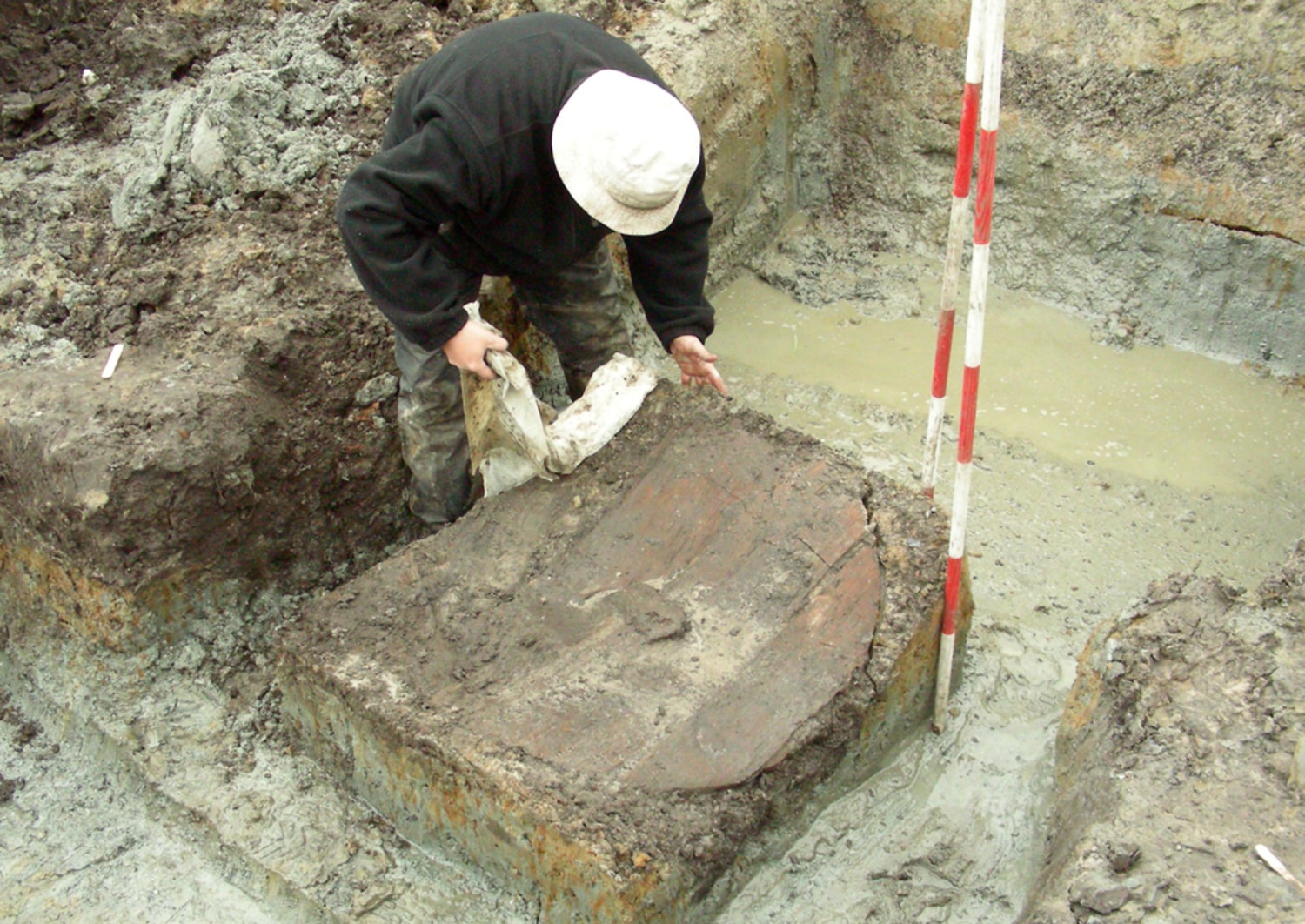
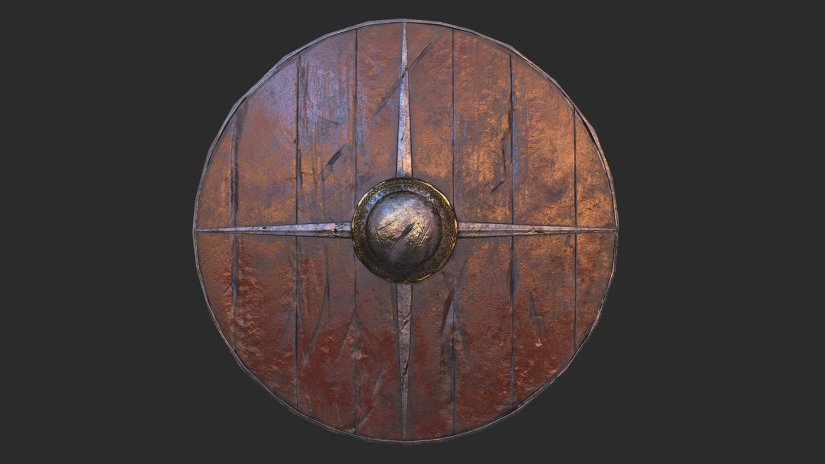








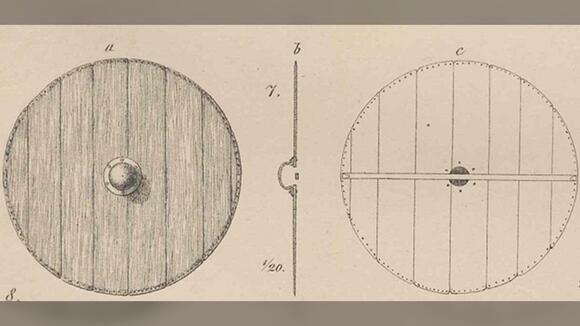


![[Illustration] from Historical Tales - Scandinavian by Charles Morris [Illustration] from Historical Tales - Scandinavian by Charles Morris](https://www.heritage-history.com/books/morris/scandinavian/zpage080.gif)





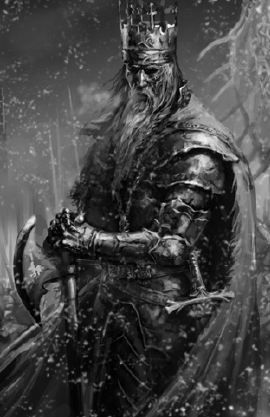 In the year 900 Harold the Fair-Haired, the famous monarch who made a kingdom of Norway, passed a law which was to work mischief for centuries to come. Erik, his favorite son, was named overlord of the kingdom, but with the proviso that his other sons should bear the kingly title and rule over provinces, while the sons of his daughters were to be made earls. Had the wise Harold dreamed of the trouble this unwise law was to make he would have cut off his right hand before signing it. It was to give rise to endless rebellions and civil wars which filled the kingdom with ruin and slaughter for many reigns and at last led to its overthrow and long disappearance from among the separate nations of the earth.
In the year 900 Harold the Fair-Haired, the famous monarch who made a kingdom of Norway, passed a law which was to work mischief for centuries to come. Erik, his favorite son, was named overlord of the kingdom, but with the proviso that his other sons should bear the kingly title and rule over provinces, while the sons of his daughters were to be made earls. Had the wise Harold dreamed of the trouble this unwise law was to make he would have cut off his right hand before signing it. It was to give rise to endless rebellions and civil wars which filled the kingdom with ruin and slaughter for many reigns and at last led to its overthrow and long disappearance from among the separate nations of the earth.![[Illustration] from Historical Tales - Scandinavian by Charles Morris [Illustration] from Historical Tales - Scandinavian by Charles Morris](https://www.heritage-history.com/books/morris/scandinavian/zpage050.gif)



